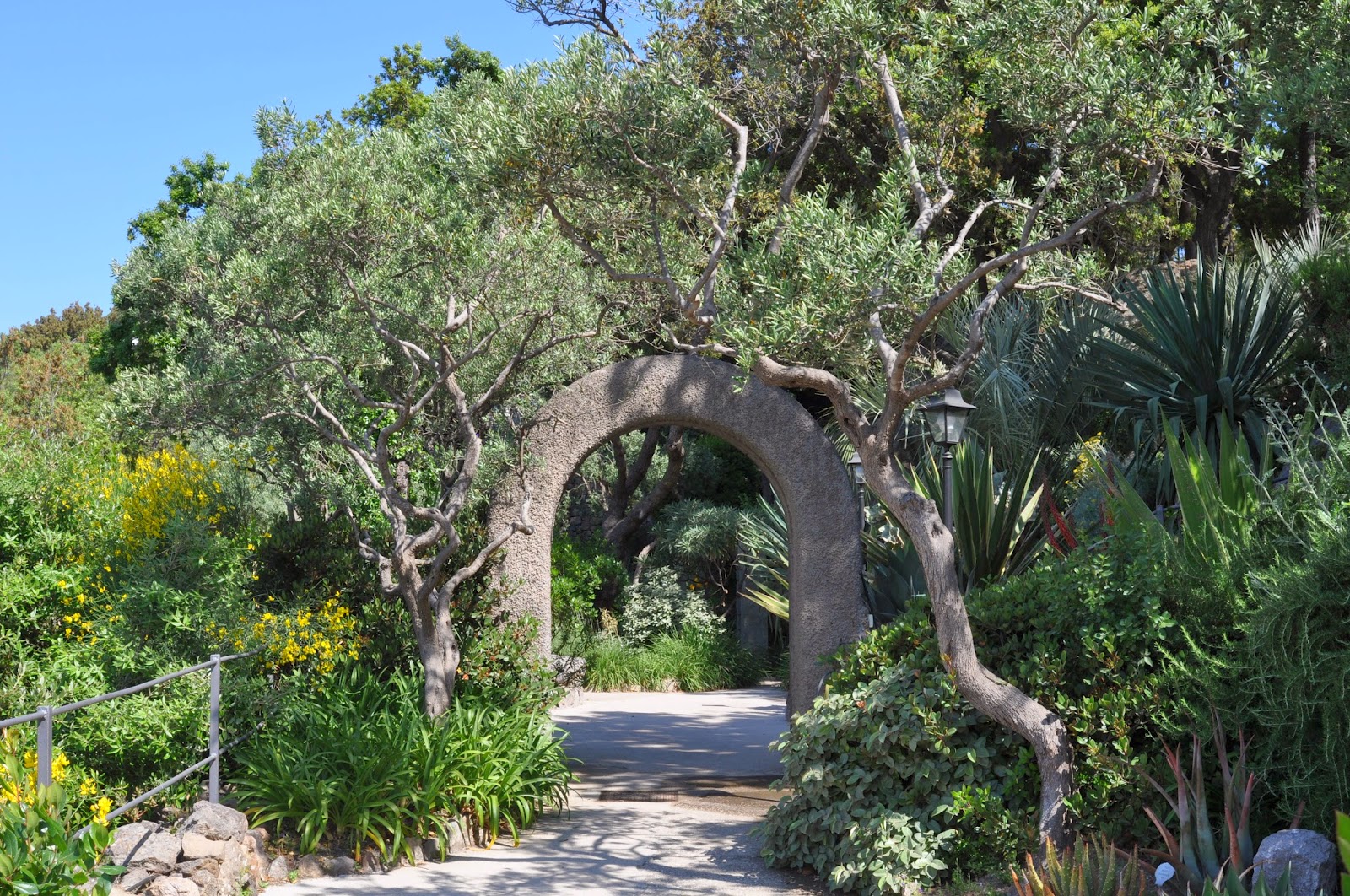 |
| sketch of my raised beds and chicken coop plan. |
Zone 1: Tomatoes, Basil, Parsley, Rapini, with Alyssum and Nasturtiums as beneficials.
Zone 2: Squash, Cucumbers, Melons with Calendula and Borage as beneficials (both edible flowers).
Zone 3: Beets, Chard, Garlic, Brussel Sprouts, Anise, Bush Beans, Cabbage eith Chamomile as a beneficial.
Zone 4: Parsnips, Radish, Carrots, Pole Beans, Peas, Mustard with Nasturtiums as beneficials.
 |
| Planting plan for Vegetable beds. |
To build the beds I decided to use juniper as it is the most resistant to water and dirt that I know. I have heard figures that seem hard to believe- like 50 years without being treated with anything. I got 2x6 inch boards at Sustainable Northwest Wood by OMSI. It was slow going building it by myself as each board is pretty heavy and had to go section by section from the ground up. Each 4x4 I buried 6" into the ground and worked constantly at keeping the sections level.
 |
| First section. |
 |
| Half of the base complete. |
 |
| All of the base finally complete. |
 |
| Add caption |
 |
| Trellises added to the beds. |
The beds are mostly full of dirt and compost now and ready to plant with my early spring crops like carrots, lettuce and radish. Next project will be the chicken coop with greenroof.














